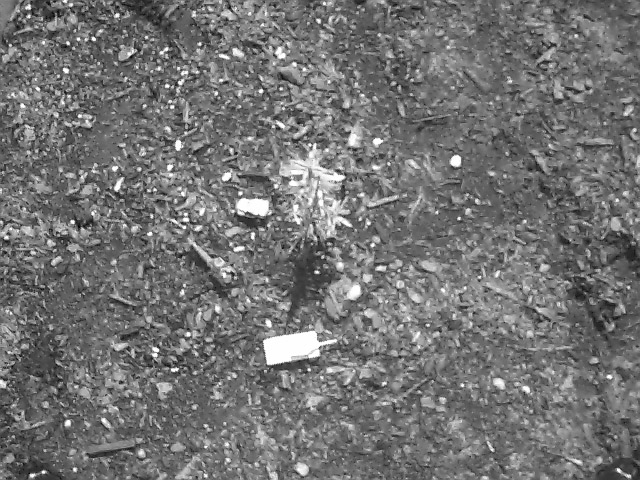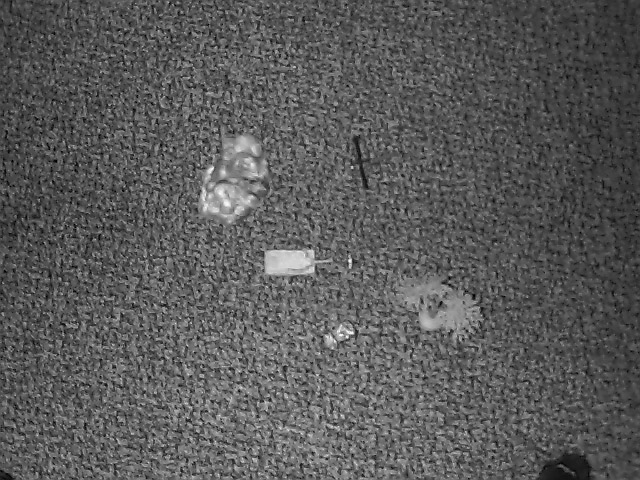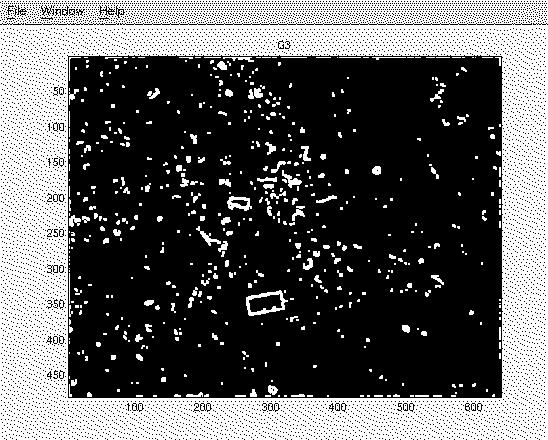




We are investigating a number of techniques for use in finding the tank after edge detection. The final results might be a combination of some of the parts from different techniques.
1. Eliminating edges from the picture which are not "paired" within a certain range. i.e. Find an edge and then look for the other edge of the object. We set some range for expected distances for the tank (or whatever object) and eliminate those edge pairs which could not possibly be the tank. In choosing the range we must keep in mind the fact that the tank could be at any angle. Since we are looking only in the horizontal and vertical directions, we must make our range big enough to allow for any angle. The system is being designed for satellite surveillence so the tank remains at the same distance at all times.
2. Once we determine the expected pixel value of the tank for a given shot (depends on lighting conditions) we look at our image and eliminate all pixel values which are not in some range around the expected value. After this we look at neighboring pixels to see if they are also in range. We take the area of such objects and compare to the expected area of the tank.
3. After finding hopeful (horizontal) edge paris in number 1, look at rows above and below for other edge pairs. Use the number of pixels between edges to find the corners of the suspected tank. They will be equidistant if the tank is aligned with the axis. If it is at an angle we will find the maximum length. If there is only one row with the maximum length, we know the diagonal is aligned with the x-axis. If there are multiple rows with the maximum length, then the corners are at the top- and bottom-most rows of maximum length. At this point we will know the angle of the tank except for an uncertainty of pi (i.e. Is it pointed north or south?). This uncertainty can be resolved by using edge detection looking for the barrel.